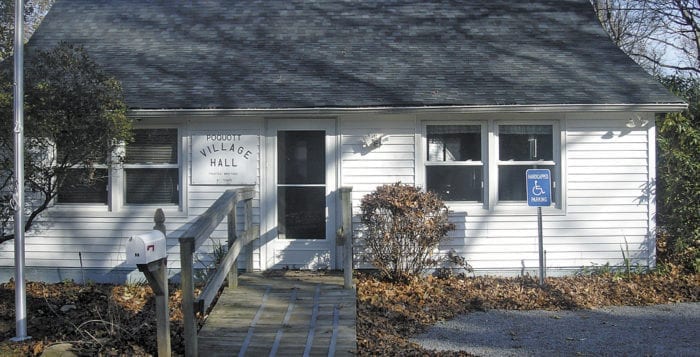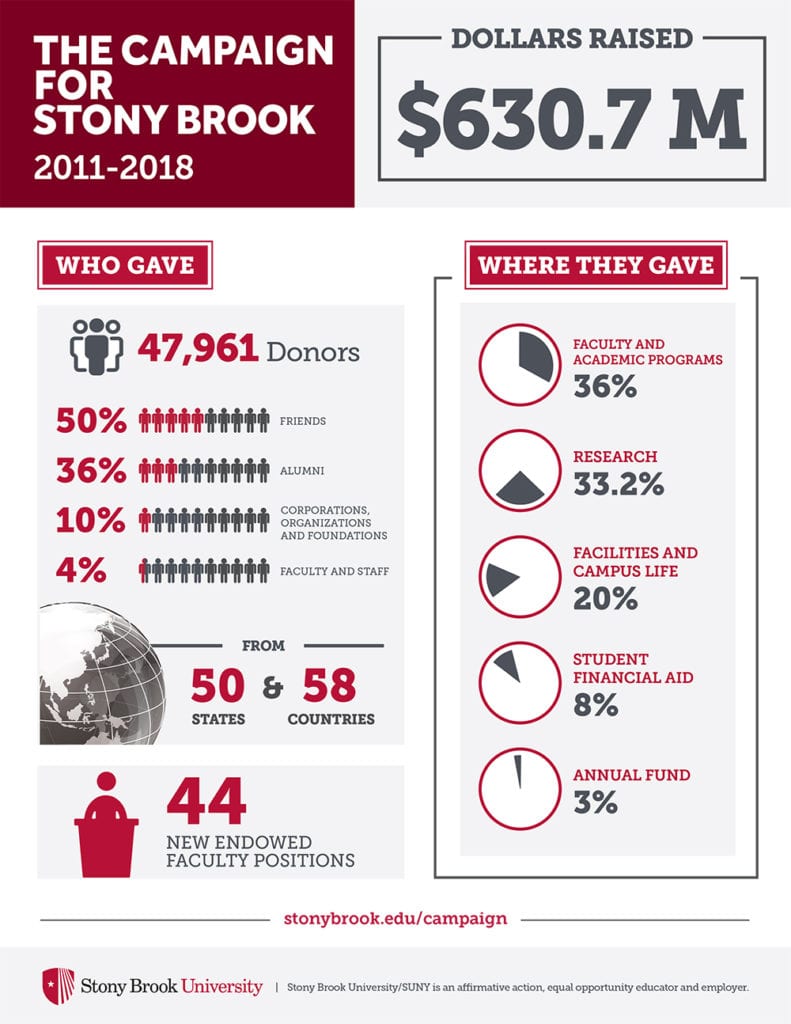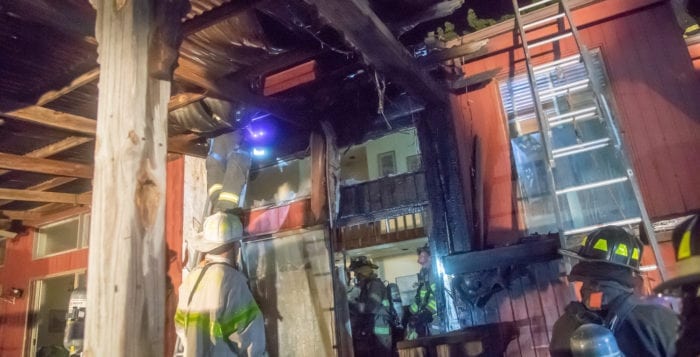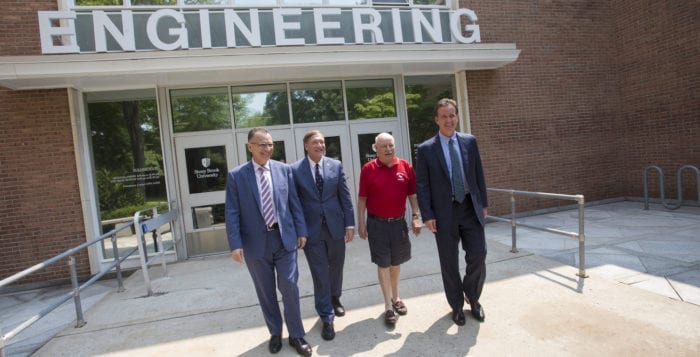Plans to build a community dock continue to cause waves in the Village of Poquott.
Approximately two dozen Poquott residents rallied Aug. 25 on Route 25A in East Setauket to protest the village trustees’ decision to rescind a resolution for a 10-year bond to pay for construction of a village dock in favor of a five-year bond.
“Hopefully, we are at a point we can actually build the dock.”
— Jeff Koppelson
The protesters have been against the dock’s construction for nearly a decade.
The mayor and trustees called an emergency meeting Aug. 23 after more than 200 residents signed a petition requesting a referendum vote on the dock plans. In July, the board voted for a 10-year bond instead of their original plan for a five-year note after tabling the decision earlier in the year when bids came in higher than predicted. The original plans were estimated to cost $150,000 but did not include Americans with Disabilities Act-compliant ramps. The new cost of the dock will be approximately $255,000.
In an email to residents after the Aug. 23 vote, Mayor Dee Parrish explained the reasons for the change from a 10-year to a 5-year bond noting the construction of a dock had been “a known work in progress since 2010.” She said residents were first sent a survey in 2010, and the village mailed out two additional surveys in following years. The majority of village residents answered they were in favor of a community dock, according to the mayor, which will be built in California Park at the end of Washington Street and will measure 128 feet by 4 feet. The board of trustees officially began planning efforts in 2015.
“The dock plan was in forward motion since then and the decision we faced was not whether or not to put it to a vote, but rather how to pay for the construction,” Parrish wrote. “The recent petition for referendum was challenged, and the village attorney recommended that the five-year bond would ensure that project move[s] forward as originally planned by the board.”
Trustee Jeff Koppelson said the board had considered a 10-year bond to reduce the annual cost to Poquott residents, but once they became aware of the petition for a referendum, moved forward with the original five-year plan.
John Richardson, a village trustee who ran for mayor this year, said the village attorney informed him the residents would not be able to request a referendum given the five-year bond, and he voted “nay” for the new payment plan. Under New York State law, a request for a referendum would be allowed with a 10-year bond.
“Hopefully, we are at a point we can actually build the dock,” Koppelson said.
“I’m representing what people want. If they’re paying for it, they should have a say in it.”
— John Richardson
Richardson said he is concerned because the bond was not put out for a bid, and he believes residents should be able to vote on whether or not they wanted a dock and how to pay for it. He also said the feedback he has received from residents is that they are worried about maintenance and insurance costs.
“I’m representing what people want,” Richardson said. “If they’re paying for it, they should have a say in it.”
Felicia Chillak, who ran for trustee this year, went door to door with others to collect signatures for the petition requesting a referendum. She said the residents who signed were a mixture of those who wanted a community dock and those who didn’t, but all believe it should be voted on. Chillak said she had 30 days after the July 19 board meeting to turn the signatures into the village clerk, and as of Aug. 16 the petition had 196 names. She was then notified by the state Comptroller’s Office due to Aug. 18 falling on a Saturday, she could submit the paperwork by Aug. 20.
Chillak then presented the village clerk with an amended petition with 207 signatures. She said the petition needed the signatures of more than 20 percent of Poquott voters, and a recent voter registration list from the Suffolk County Board of Election that she obtained lists 802 registered voters reside in the village. However, at the Aug. 23 meeting, Village Attorney Joseph Prokop questioned the validity of some signatures.
Chillak said some people were hesitant to sign the petition or participate in the Aug. 25 rally.
“This is a serious issue in this village,” she said. “Even when we were getting petitions signed, residents were afraid of the mayor seeing their signature in fear of retribution.”
According to Parrish’s email, village officials and residents have organized multiple community events, including the Poquott Community Association’s Lobster Bake, with the intent to raise money for the dock. To date, $20,000 has been raised. The village also acquired three floating docks valued at $16,000 at no cost. Parrish said an average household will see a $123.20 a year increase in their taxes to pay off the five-year bond.


















